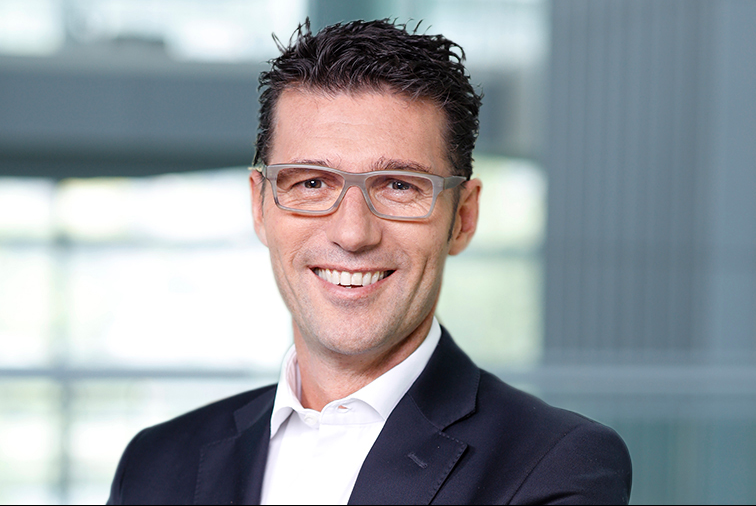Using real-world data for better solutions for patients

Innovation to improve patient outcomes doesn’t always resemble the scenes in the movies where the brilliant scientist makes a breakthrough alone in the lab. Sometimes it takes the form of Artificial Intelligence analyzing enormous quantities of data. Sometimes it looks like teams of people working together on developing new measurements of efficacy. But it should always include one essential step: taking the time to ask the right questions of patients and to really listen to their answers.
The twelve abstracts that we will present at this year’s World Congress for Neurorehabilitation (WCNR) are an excellent demonstration of the quality of insights you can gather when you listen to patients. The work we’re presenting is drawn from extensive real-world and patient experience data collected over two years. Not only have we learned just how essential it is to find new ways to measure treatment efficacy which are relevant to patients, we’ve developed a clear understanding of the role healthcare providers can and should play in helping patients define and assess their personal goals for the treatment of chronic conditions.1
This is especially important for patients who live with debilitating chronic conditions that impact their daily quality of life, such as those affected by spasticity. We now have a clearer understanding of how using a combination of targeted standardized measures from disease-specific indexes and goal attainment scaling (GAS), which sets mutual objectives for the patient and the physician, is a more accurate and useful measure of progress than standardized measures alone. By focusing closely on each individual patient’s personal goals, GAS measurements offer pertinent and tailored data on treatment efficacy that can still be statistically quantified.2
Our Neuroscience teams have long understood the importance of taking an integrated approach to the treatment of chronic conditions. Now we have gained insight into how to better measure progress for patients—and what support they need from physicians to do so. Armed with this knowledge, we can better support physicians as they work closely with patients.
And it’s clearer than ever that we can make a tangible difference for patients when we continuously push ourselves—and our partners—to listen. For me personally, this is even more motivation to listen to patients and seek out innovative ways to incorporate their perspective at every step, so we can be sure our solutions offer real value.
By David Loew, CEO









